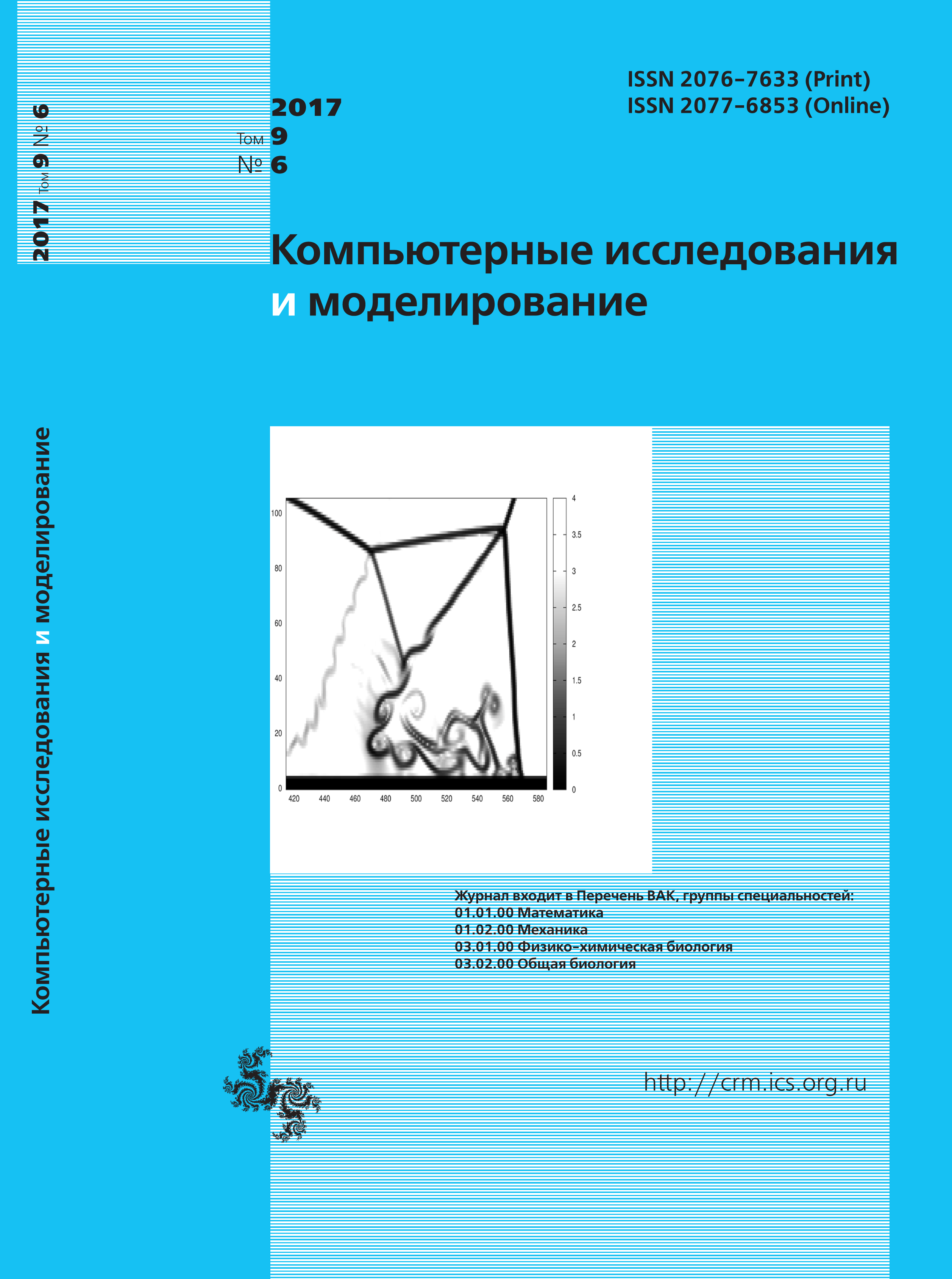All issues
- 2025 Vol. 17
- 2024 Vol. 16
- 2023 Vol. 15
- 2022 Vol. 14
- 2021 Vol. 13
- 2020 Vol. 12
- 2019 Vol. 11
- 2018 Vol. 10
- 2017 Vol. 9
- 2016 Vol. 8
- 2015 Vol. 7
- 2014 Vol. 6
- 2013 Vol. 5
- 2012 Vol. 4
- 2011 Vol. 3
- 2010 Vol. 2
- 2009 Vol. 1
Estimation of natural frequencies of pure bending vibrations of composite nonlinearly elastic beams and circular plates
In the paper, it is represented a linearization method for the stress-strain curves of nonlinearly deformable beams and circular plates in order to generalize the pure bending vibration equations. It is considered composite, on average isotropic prismatic beams of a constant rectangular cross-section and circular plates of a constant thickness made of nonlinearly elastic materials. The technique consists in determining the approximate Young’s moduli from the initial stress-strain state of beam and plate subjected to the action of the bending moment.
The paper proposes two criteria for linearization: the equality of the specific potential energy of deformation and the minimization of the standard deviation in the state equation approximation. The method allows obtaining in the closed form the estimated value of the natural frequencies of layered and structurally heterogeneous, on average isotropic nonlinearly elastic beams and circular plates. This makes it possible to significantly reduce the resources in the vibration analysis and modeling of these structural elements. In addition, the paper shows that the proposed linearization criteria allow to estimate the natural frequencies with the same accuracy.
Since in the general case even isotropic materials exhibit different resistance to tension and compression, it is considered the piecewise-linear Prandtl’s diagrams with proportionality limits and tangential Young’s moduli that differ under tension and compression as the stress-strain curves of the composite material components. As parameters of the stress-strain curve, it is considered the effective Voigt’s characteristics (under the hypothesis of strain homogeneity) for a longitudinally layered material structure; the effective Reuss’ characteristics (under the hypothesis of strain homogeneity) for a transversely layered beam and an axially laminated plate. In addition, the effective Young’s moduli and the proportionality limits, obtained by the author’s homogenization method, are given for a structurally heterogeneous, on average isotropic material. As an example, it is calculated the natural frequencies of two-phase beams depending on the component concentrations.
Copyright © 2017 Tarasyuk I.A., Kravchuk A.S.
Views (last year): 14.Indexed in Scopus
Full-text version of the journal is also available on the web site of the scientific electronic library eLIBRARY.RU
The journal is included in the Russian Science Citation Index
The journal is included in the RSCI
International Interdisciplinary Conference "Mathematics. Computing. Education"







